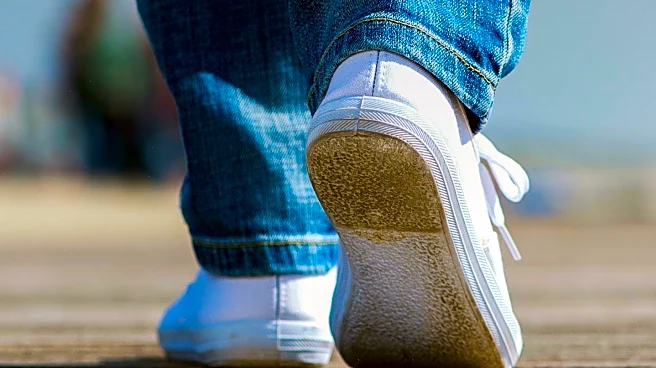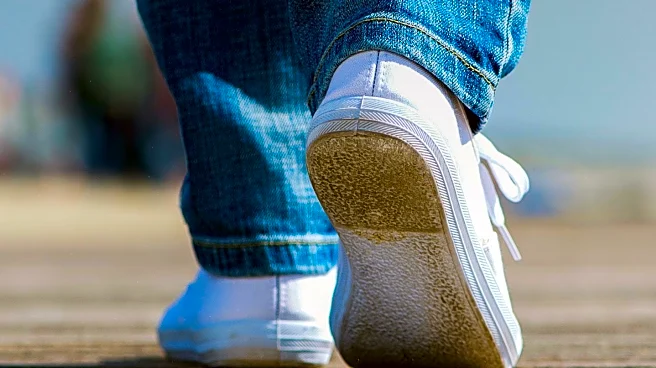What's Happening?
Research presented at the American Heart Association's Scientific Sessions 2025 suggests that exposure to artificial light at night may increase the risk of heart disease. The study found higher brain
stress activity and blood vessel inflammation in individuals exposed to more nighttime light. This exposure disrupts circadian rhythms and suppresses melatonin production, potentially affecting cardiovascular health. Experts recommend sleeping in darkness, using blackout curtains or eye masks to mitigate risks.
Why It's Important?
The findings highlight the impact of environmental factors on heart health, emphasizing the need for awareness and preventive measures. As urbanization increases, artificial light exposure becomes more common, potentially affecting large populations. The study may influence public health policies, encouraging infrastructure changes to reduce nighttime light pollution. Healthcare providers might also consider advising patients on sleep hygiene practices to support cardiovascular health.
What's Next?
Future research may explore the long-term effects of nighttime light exposure on heart health, informing guidelines for urban planning and lighting design. Public health campaigns could focus on educating individuals about the importance of sleep environment, promoting practices that enhance darkness during rest. Collaboration between researchers and policymakers may lead to initiatives aimed at reducing light pollution, improving overall health outcomes. As awareness grows, individuals may adopt lifestyle changes to protect their heart health.
Beyond the Headlines
The study underscores the broader implications of environmental influences on health, highlighting the intersection of urban development and well-being. This conversation may spark discussions on sustainable living practices, exploring how infrastructure can support healthier lifestyles. The focus on light exposure reflects cultural shifts towards prioritizing sleep quality and its role in maintaining physical health.











